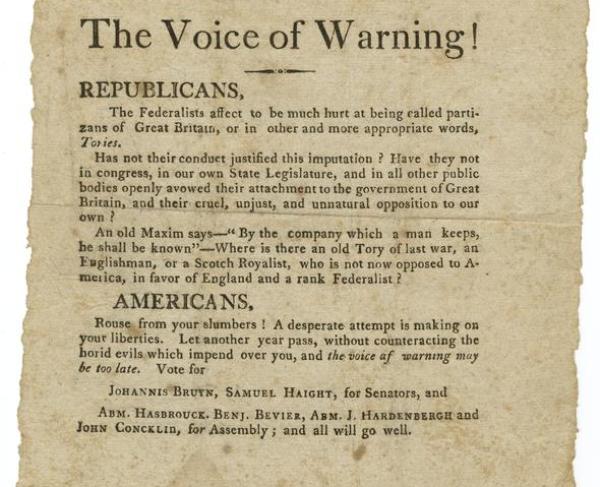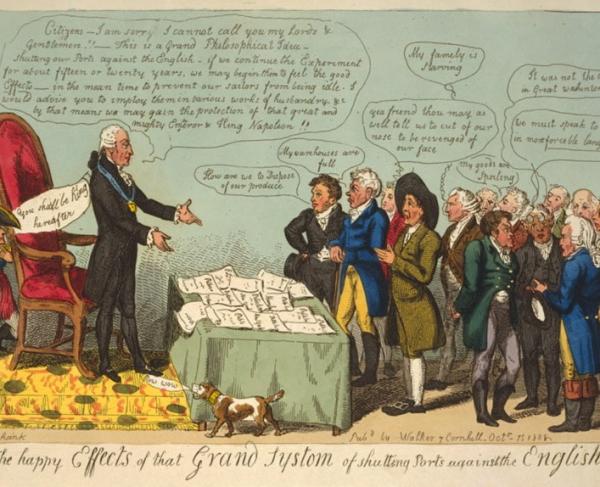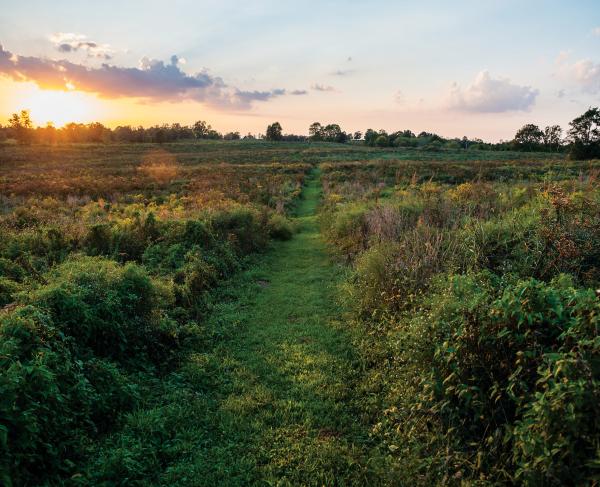The 4th U.S. Cavalry
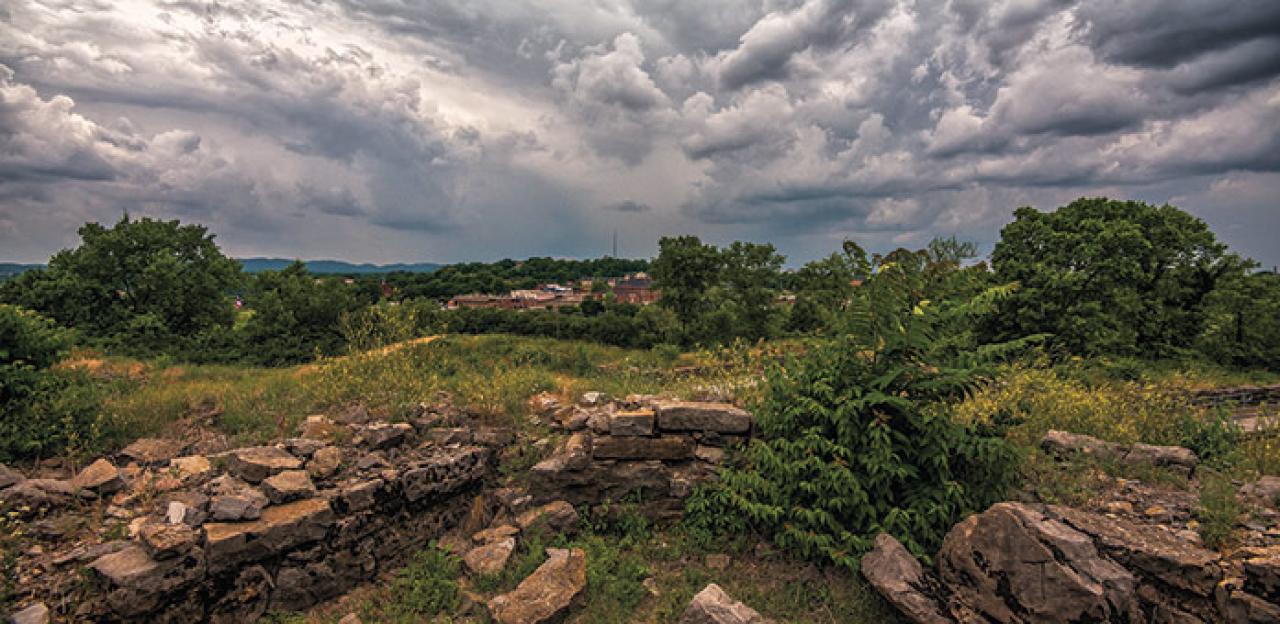
The 4th Cavalry was organized as the 1st United States Cavalry on March 3rd, 1855. Colonel Edwin Sumner formed the regiment at Jefferson Barracks, Missouri and in August, the regiment moved to Fort Leavenworth in the Kansas Territory. The unit was the first pure cavalry regiment raised on the regular peacetime establishment since the end of the War of 1812.The regiment kept the peace in “Bleeding Kansas,” participated in the 1857 campaign against the Cheyenne, and patrolled the Indian and Colorado Territories during the remaining years of the antebellum period.
Not long after the outbreak of the Civil War, the army re-designated all its mounted units as cavalry, and the regiment assumed the designation of 4th United States Cavalry. Two companies fought at Bull Run, in 1861, while the largest part of the regiment served in Missouri—including four companies who fought at Wilson’s Creek. Various companies fought at Fort Donelson, Island No. 10, and Shiloh before a battalion of six companies formed during the operations around Corinth, Mississippi in the summer of 1862. During the Battle of Stone’s River on December 31st, 1862, the 4th United States made a saber charge on Gabrial Wharton’s Confederate cavalry brigade, taking many prisoners and helping to check the movement of the Confederate cavalry around the broken Union right flank. In February 1863, the 4th Cavalry was assigned to the 1st Brigade, 2nd Cavalry Division of the Army of the Cumberland, a unit which has come to be known as the Saber Brigade. On April 10th, Captain McIntyre led the regiment in a charge at Franklin, Tennessee, which captured several hundred prisoners and captured a battery of guns. On June 27th, the 4th Cavalry and the 7th Pennsylvania Cavalry successfully executed a mounted saber charge on a portion of the Confederate works at Shelbyville, Tennessee, during the beginning of the Tullahoma Campaign. The 4th Cavalry played a crucial role in the opening of the Battle of Chickamauga, during their delaying at Reed’s Bridge on September 18th. Lieutenant Wirt Davis, with one squadron of the regiment, led a cavalry charge into disorganized masses of Confederate infantry to cover the retreat of the brigade and its supporting artillery. Lieutenant Davis then pulled his command back over the bridge and stopped to dismantle the planking on the bridge, all while under a terrific fire.
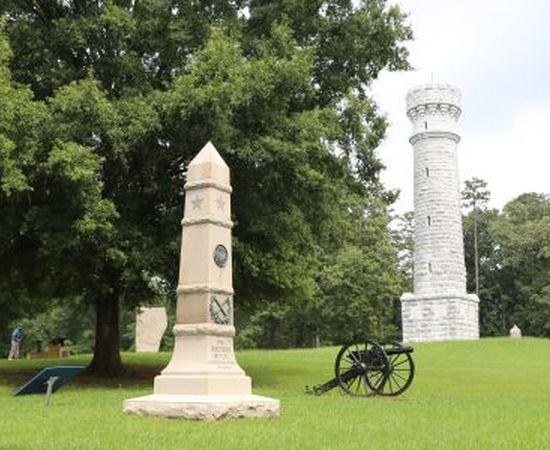
In early 1864, the 4th Cavalry participated in General Sherman’s Meridian Expedition into Mississippi, fighting at the Battle of Okolona on February 22nd. It then went on to participate in the Atlanta Campaign, seeing fighting at Dallas and Lovejoy Station. The 4th Cavalry would go on to play an important role in the aftermath of the Battle of Nashville, making a saber charge on the Confederate rear guard, breaking it and capturing a battery of artillery in the process. 1st Lieutenant Joseph Hedges particularly distinguished himself in command of the regiment on that occasion, personally capturing many Confederates. In April 1865, the 4th Cavalry made the decisive assault on the defenses of Selma, Alabama. This marked the end of the unit’s active service in the war.
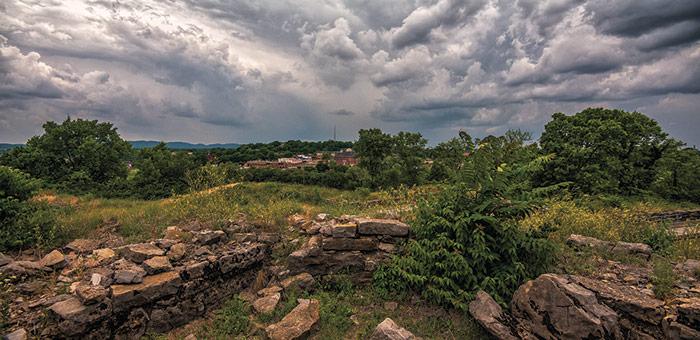
With the end of the war, the Fourth Cavalry moved to Texas to counter the perceived threat from the French forces then operating in Mexico and to re-establish an army presence on the frontier. In 1873, after careful preparation and planning, six companies—consisting of some 400 men–made a 160-mile raid into Mexico to strike an encampment of Kickapoo near Rey Molino. This raid is believed to be the inspiration for the film Rio Grande (1950). The following year, Colonel Ranald MacKenzie led the regiment against Lone Wolf and his Cheyenne, Comanche, and Kiowa bands that had taken shelter in Palo Duro Canyon. Attacking with five companies, the regiment decisively defeated Lone Wolf’s men and destroyed his supplies and horses, forcing the survivors back into their reservation. In 1875 the regiment moved to Oklahoma, and from there the following year a battalion went north under MacKenzie to assist in the campaign of retaliation against the tribes present at the Battle of Little Bighorn. The 4th Cavalry made an all-night ride to reach the camp of Dull Knife and his Cheyenne band, attacking in the morning, destroying the camp and forcing the survivors to surrender.
After duty in Colorado and Kansas assisting in relocating the Ute tribe, the regiment served in Arizona fighting Geronimo. The regiment served on garrison duty until the 4th Cavalry was the first unit sent to the Philippines in 1898 during the Spanish-American War. They participated in some 119 fights before rotating back to the US in 1901. After a period back at their birthplace at Jefferson Barracks, Missouri, the regiment returned to the Philippines from 1905 to 1907.
The early part of the twentieth century was a quiet period for the regiment. It served for a period at Fort Meade, South Dakota and Fort Snelling, Minnesota before a brief stint on the Mexican border in 1911 to 1913 before transferring to Schofield Barracks, Hawaii, where the regiment served during the First World War. In 1925, the regiment returned to Fort Meade, where it remained until 1942. While there, the regiment assisted the Civilian Conservation Corps and helped suppress activities by the KKK. At the beginning of the Second World War, the 4th made the transition from horses to vehicles along with most of the Cavalry Branch. The unit was re-designated as the 4th Cavalry Group, Mechanized with M5 light tanks, M8 armored cars, and M3 half-tracks. The regiment was the armored reconnaissance force for the VII Corps, and the regiment was the first unit ashore on Utah Beach on June 6th, 1944. The 4th Cavalry was awarded the Croix de Guerre for its actions during the Battle of Cherbourg in July 1944. The regiment was in the van for the great Allied drive across France and into Belgium. They played a critical role during the Battle of the Bulge, attacking at Bogheim into some of the best units in the German army and capturing critical ground at great cost. The regiment received a Presidential Unit Citation for this action.
The regiment remained on occupation duty until the 1960s, when the squadrons were split off to various divisions. Squadrons of the regiment served with the 1st and 25th Divisions during the Vietnam War, winning distinction at Tan Son Nhut and Ap Bau Bang. The 1st and 2nd Squadrons were part of the invasion of Iraq in 1991, leading the VII Corps and 24th Divisions respectively. All the units of the 4th Cavalry served in Iraq or Afghanistan during Operations Iraqi Freedom and Enduring Freedom. F Troop, 4th Cavalry was awarded a Presidential Unit Citation for its actions during the Battle of Fallujah in 2004.
Currently, the 1st and 5th Squadrons of the regiment serve with the 1st Infantry Division and the 3rd Squadron serves with the 25th Infantry Division as brigade reconnaissance forces.
